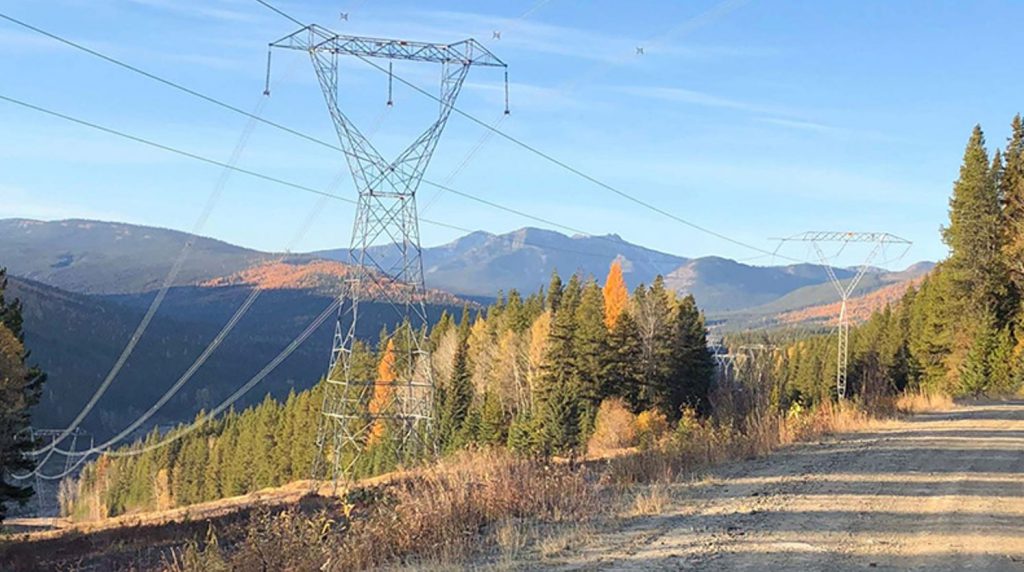PJX Resources drills 76.36 g/t gold over 0.3 metres at Gold Shear, British Columbia

PJX Resources Inc.‘s [PJX-TSXV] recent drilling results extend the David gold zone to the north and help support potential for additional high-grade gold mineralization on strike on the 100%-optioned Gold Shear property and PJX’s adjacent 100%-owned Eddy property in the Sullivan mining district, near Cranbrook, southeast British Columbia.
Exploration suggests that changes in drill hole orientation along the David Shear may improve gold grades and help identify new gold zones. Drilling also identified gold mineralization in gabbroic rocks that may be a new target in addition to the David gold zone.
At the David gold zone, high-grade gold mineralization appears to occur when base metals (lead, zinc, copper) or visible gold are present with quartz-carbonate mineralization along the David Shear.
Recently received results for PJX drill hole GS21-25 included 76.36 grams per tonne gold, 14.8 parts per million (14.8 g/t) silver, 8,870 ppm lead, 3,975 ppm zinc and 632 ppm copper over 0.3 metres (approximate true width) from 79.2 to 79.5 metres. This occurred within a 2.3-metre interval with a weighted average of 11.66 g/t gold from 78.9 to 81.2 metres. GS21-25 was drilled about 50 metres on strike to the north of the David gold zone. GS21-25 had the best intersection in the 14 holes drilled to test the David gold zone on strike and at depth. The intersection occurs where computer modelling of structural measurements, from previous PJX drilling and surface mapping, predicted an inflection (a bend) in the David shear that hosts the David gold zone. Inflections are known to increase gold grade in gold deposits;
Historical drilling also intersected high-grade gold mineralization with base metals. Hole 91-43 drilled by previous explorers in 1991 intersected 196.69 g/t (5.74 oz/ton) gold, 17.9 ppm (17.9 g/t) silver, 24,686 ppm (2.47%) lead, 17,368 ppm (1.74%) zinc, 2,511 ppm copper, over 0.8 metres.
High-grade gold mineralization also occurs as nuggety visible gold in quartz veins. PJX grab sample in 2019 of a quartz vein from the David shear zone trench had five visible grains of gold with no base metals and analyzed at 193.9 g/t gold.
Drill hole orientation may improve gold grades and identify new gold zones.
Hole GS21-28 intersected 1.34 g/t gold over 5.2 metres in a gabbro sill from 5.8 to 11 metres. This is the first intersection of gold with this grade in gabbro on the Gold Shear property. The gold mineralization occurs where gabbro with disseminated magnetite is sheared and has been pervasively altered with carbonate, hematite, chlorite, disseminated pyrite and quartz veins. The true width and orientation of this new gold intersection is not known as only one hole has intersected the mineralization; additional drilling is required to evaluate the potential for gold veining in the gabbro sill.
John Keating, president of PJX, commented: “The David gold zone is Orogenic-style mineralization with a narrow high-grade gold core along the David Shear. Understanding new geological controls that influence gold concentration in the David gold zone will help us explore gold and base metal targets across all our properties. Our exploration work along the 65-kilometre-long Vulcan gold belt in the Sullivan mining district has identified over 20 gold and/or base metal targets. The Weaver Creek area has at least three targets that we believe are part of a large gold mineralizing system. Exploration this field season will focus on a number of these targets along with the David gold zone.”
